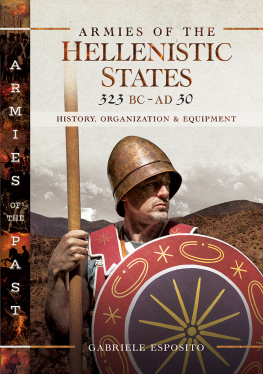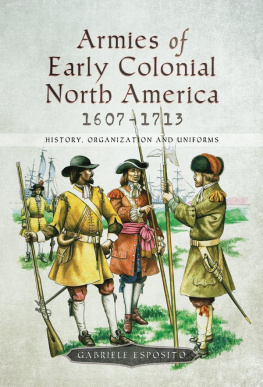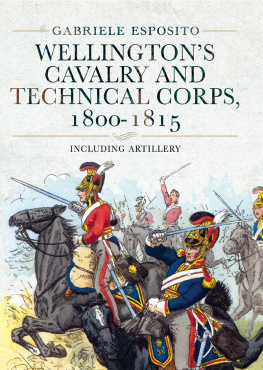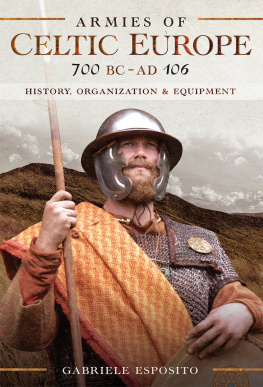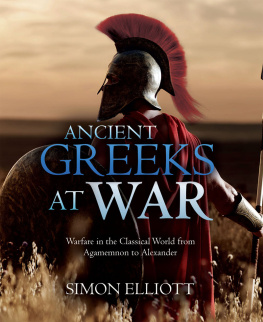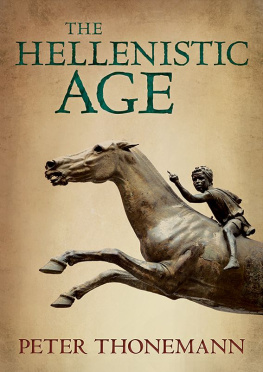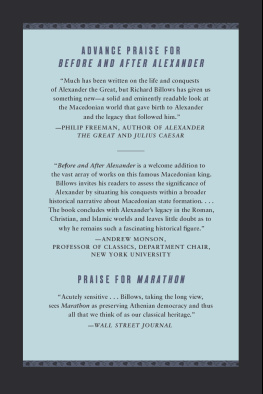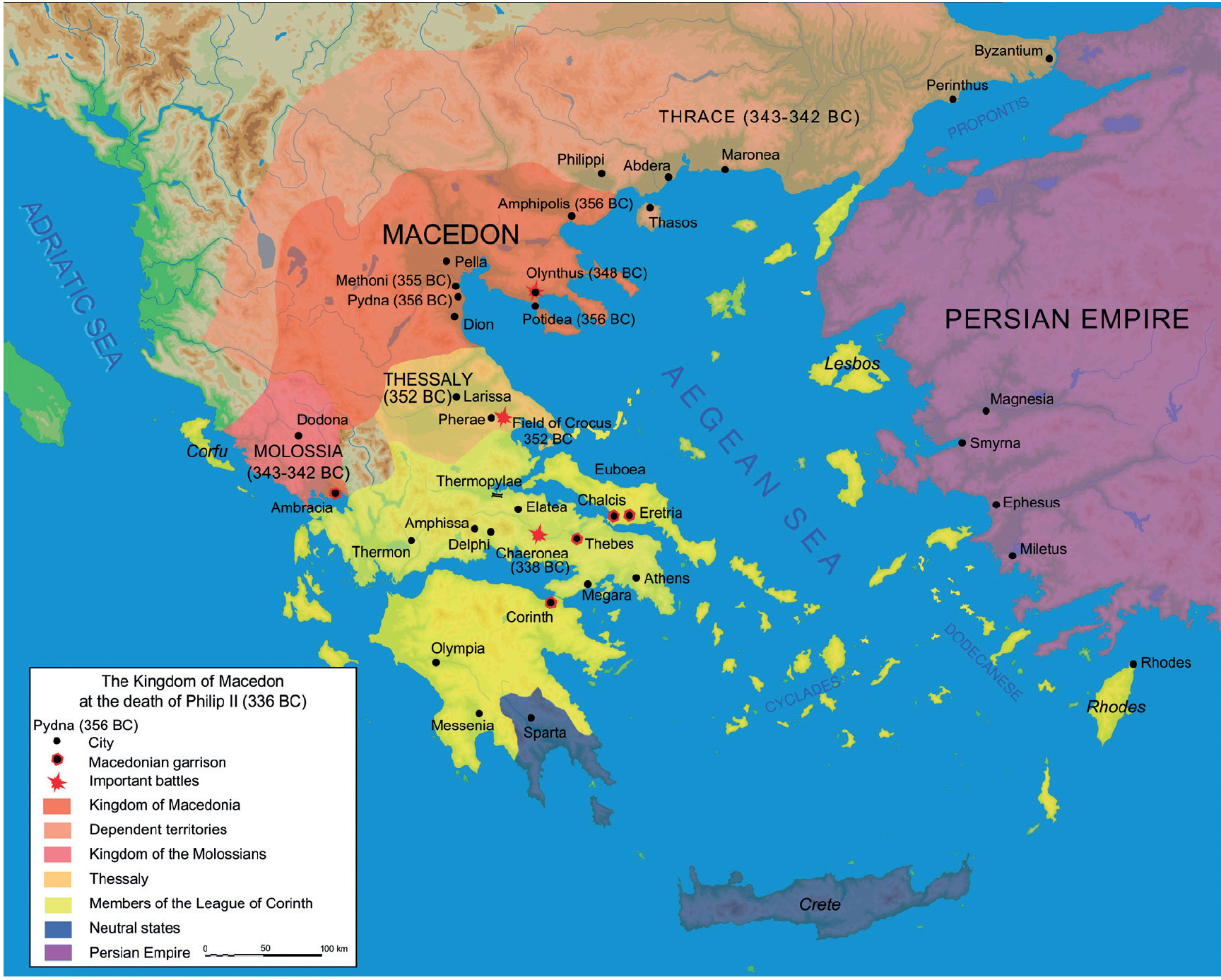Armies of the Hellenistic States 323 BC to AD 30

Armies of the Hellenistic States 323 BC to AD 30
Armies of the Hellenistic States 323 BC to AD 30
History and Organization
Gabriele Esposito
First published in Great Britain in 2019 by
Pen & Sword Military
An imprint of
Pen & Sword Books Ltd
Yorkshire Philadelphia
Copyright Gabriele Esposito 2019
ISBN 978 1 52673 029 9
eISBN 978 1 52673 030 5
Mobi ISBN 978 1 52673 031 2
The right of Gabriele Esposito to be identified as Author of this Work has been asserted by him in accordance with the Copyright, Designs and Patents Act 1988.
A CIP catalogue record for this book is available from the British Library
All rights reserved. No part of this book may be reproduced or transmitted in any form or by any means, electronic or mechanical including photocopying, recording or by any information storage and retrieval system, without permission from the Publisher in writing.
Pen & Sword Books Limited incorporates the imprints of Atlas, Archaeology,
Aviation, Discovery, Family History, Fiction, History, Maritime, Military, Military
Classics, Politics, Select, Transport,
True Crime, Air World, Frontline Publishing, Leo Cooper, Remember When,
Seaforth Publishing, The Praetorian Press, Wharncliffe
Local History, Wharncliffe Transport, Wharncliffe True Crime and White Owl.
For a complete list of Pen & Sword titles please contact
PEN & SWORD BOOKS LIMITED
47 Church Street, Barnsley, South Yorkshire, S70 2AS, England
E-mail:
Website: www.pen-and-sword.co.uk
Or
PEN AND SWORD BOOKS
1950 Lawrence Rd, Havertown, PA 19083, USA
E-mail:
Website: www.penandswordbooks.com
Gabriele Esposito is a military historian who works as a freelance author and researcher for some of the most important publishing houses in the military history sector. In particular, he is an expert specializing in uniformology: his interests and expertise range from the ancient civilizations to modern post-colonial conflicts. During recent years he has conducted and published several researches on the military history of the Latin American countries, with special attention to the War of the Triple Alliance and the War of the Pacific. He is among the leading experts on the military history of the Italian Wars of Unification and the Spanish Carlist Wars. His books and essays are published on a regular basis by Osprey Publishing, Winged Hussar Publishing and Libreria Editrice Goriziana; he is also the author of numerous military history articles appearing in specialized magazines like Ancient Warfare Magazine , Medieval Warfare Magazine , The Armourer , History of War , Guerres et Histoire , Focus Storia and Focus Storia Wars .
Acknowledgements
T his book is dedicated to my beloved parents, Maria Rosaria and Benedetto, for their immense love and great support in every phase of my life. Thanks to their precious advice, the present book is a much better product: their great intelligence is always a secure guide for me.
A very special mention goes to the German re-enactment group and living history association Hetairoi, for providing me with the magnificent and detailed photos that illustrate this book. Without their incredible work of research and re-enactment, the present work would have not been the same. In particular, I want to express my deep gratitude to Thorsten Schillo: he enjoyed and supported the idea of this book from the beginning and helped me in every phase of the production with great generosity and patience.
Introduction
T he main aim of this book is to present a detailed overview of the history and organization of the Hellenistic Armies, from the death of Alexander the Great to the fall of Ptolemaic Egypt. In order to understand the nature of Hellenistic military forces, however, the author has decided to start his analysis from the military reforms of Philip of Macedon and Alexander the Great: without describing these, in fact, it is practically impossible to make a proper study on the evolution of the Hellenistic military models. As a result, the first two chapters of this book will be devoted to events that happened before our chronological limit of 323 BC . Similarly, the analysis of this book will go beyond 30 BC for some of the minor Hellenistic armies. The fall of Ptolemaic Egypt is considered by most modern scholars as the symbolic end of the Hellenistic world, since the Ptolemies were the last of the great Hellenistic dynasties to be defeated by Rome (after the Antigonids of Macedonia and the Seleucids of Syria). In any case, as readers of this book will discover, some minor Hellenistic states survived well after 30 BC (mostly as client states of Rome). We will follow the military history of these smaller countries until their final eclipse, thus extending the general period taken into account to the first century AD .
From a geographical point of view, all the Hellenistic armies are included in the present analysis: the lesser-known states, which were located at the borders of the Hellenistic world, are also covered in detail. When Alexander the Great conquered the Persian Empire, the Macedonians acquired an immense territory that included all the Middle East and large parts of Asia; in addition, they also conquered Egypt and retained control over most of the southern Balkans. As a result, the Macedonian Empire was the greatest one that human history had ever seen. Each of the new states that were created after the death of Alexander the Great has been analysed in a specific chapter, generally dealing both with its general history and its military history. For each of the armies taken into account the author has provided an organizational guide as well as several orders of battle. The equipments and weapons used by the various Hellenistic troop types are covered in the various chapters; for more details about this specific aspect, the author suggests that readers pay particular attention to the photographs illustrating the text.
analyses the role of Israel in the Hellenistic military world, from the great Jewish rebellion against the Seleucids. The final chapter deals with the most peripheral countries of the Hellenistic world: the Bactrian Kingdom (which seceded from the Seleucids like Israel) and the Indo-Greek Kingdom. The author hopes that the readers will like this long cavalcade in the Hellenistic world.
The Kingdom of Macedonia at the death of Philip II. ( CC BY-SA 3.0, Wikimedia User MinisterForBadTimes )
Chapter 1
The Military Revolution of Philip of Macedon
W hen Philip II of the Argead dynasty became King of Macedonia in 359 BC , at the age of 23, his country was by no means an important actor of the Greek political scene. Macedonia was located on the northern borders of the Greek world and thus was considered as a semi-civilised kingdom by most of the Greek city-states. In effect, the Macedonian state had originated as a tribal kingdom that was not very different from the smaller ones that were located around it. Over the centuries the Macedonians had progressively adopted Greek culture, but their tribal origins were still clearly visible in their political and social structures. One of the key features of the Macedonians was their innate propensity to war, the result of centuries of open conflict against neighbouring tribes living in the central Balkans. In particular, the Kingdom of Macedonia was surrounded by the following warlike peoples: the Illyrians in the west, the Paeonians and Agrianes in the north (both peoples of mixed Illyrian-Thracian descent) and the Thracians in the east. More or less every year the Macedonian state was under attack from one of these local enemies, who were able to conduct guerrilla operations with great success and for long periods. In addition, the Kingdom of Macedonia was continuously influenced in its internal politics by interference from the most powerful Greek city-states (in particular Sparta, which was the main ally of the Macedonians for several decades before the ascendancy of Philip). From this general description it is very easy to understand why the Kingdom of Macedonia needed to be totally reformed from a military point of view in order to survive: it was important to take a definitive decision for the future, to determine if Macedonia was to become a Greek political power or a state with interests in the interior areas of the Balkans. Philip, who was held as a hostage in Thebes during three years of his youth (368-365 BC ), had no doubts about the choice to make once he became king. We will soon see how his decision had very important effects on the military structures of Macedonia. Since the beginning of his reign, Philips greatest ambition was that of conquering and unifying Greece under Macedonian rule; to achieve this objective, he needed to reform the military apparatus of his state and secure the position of Macedonia in the Balkans (by defeating once and for all the incursions of the neighbouring tribes).

